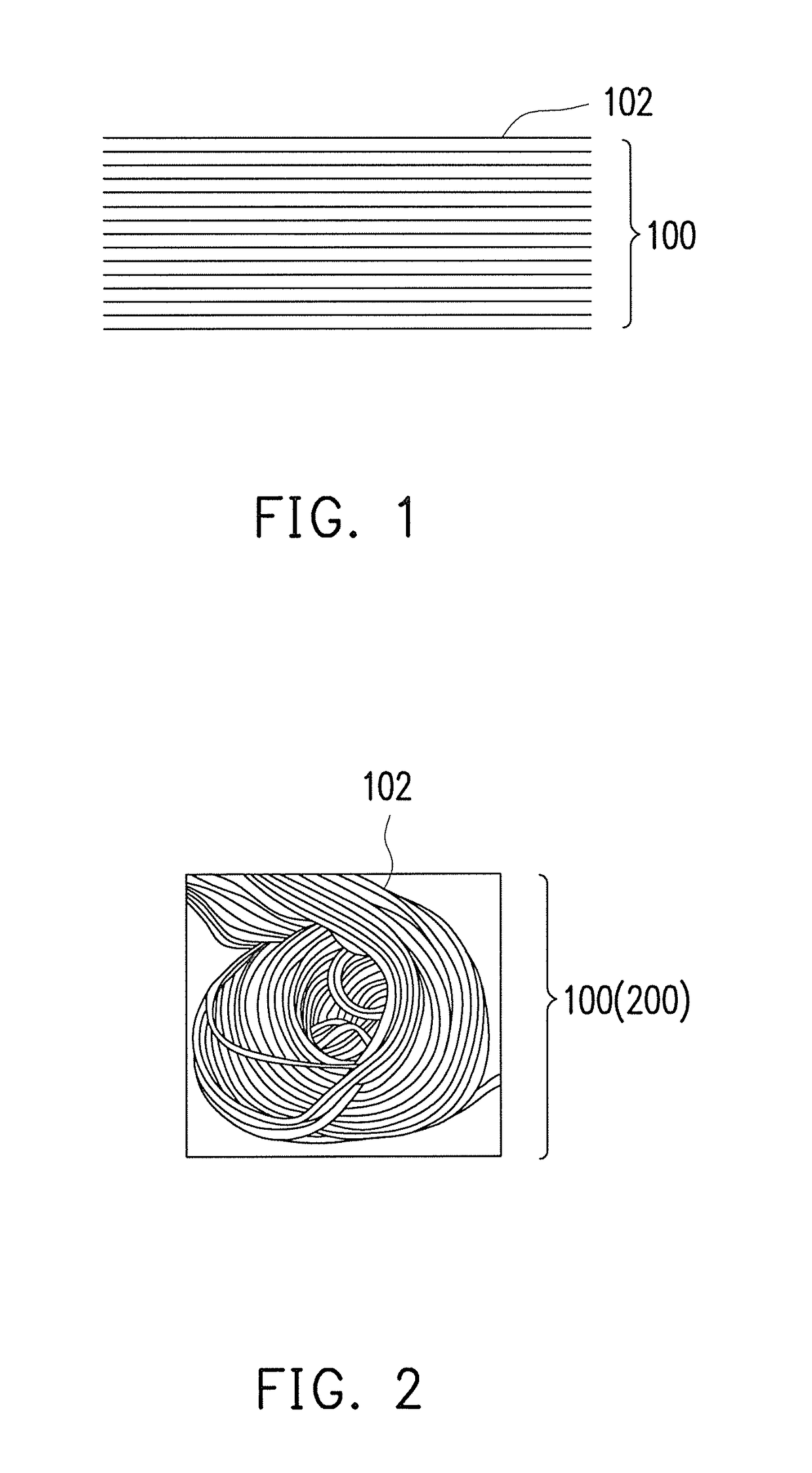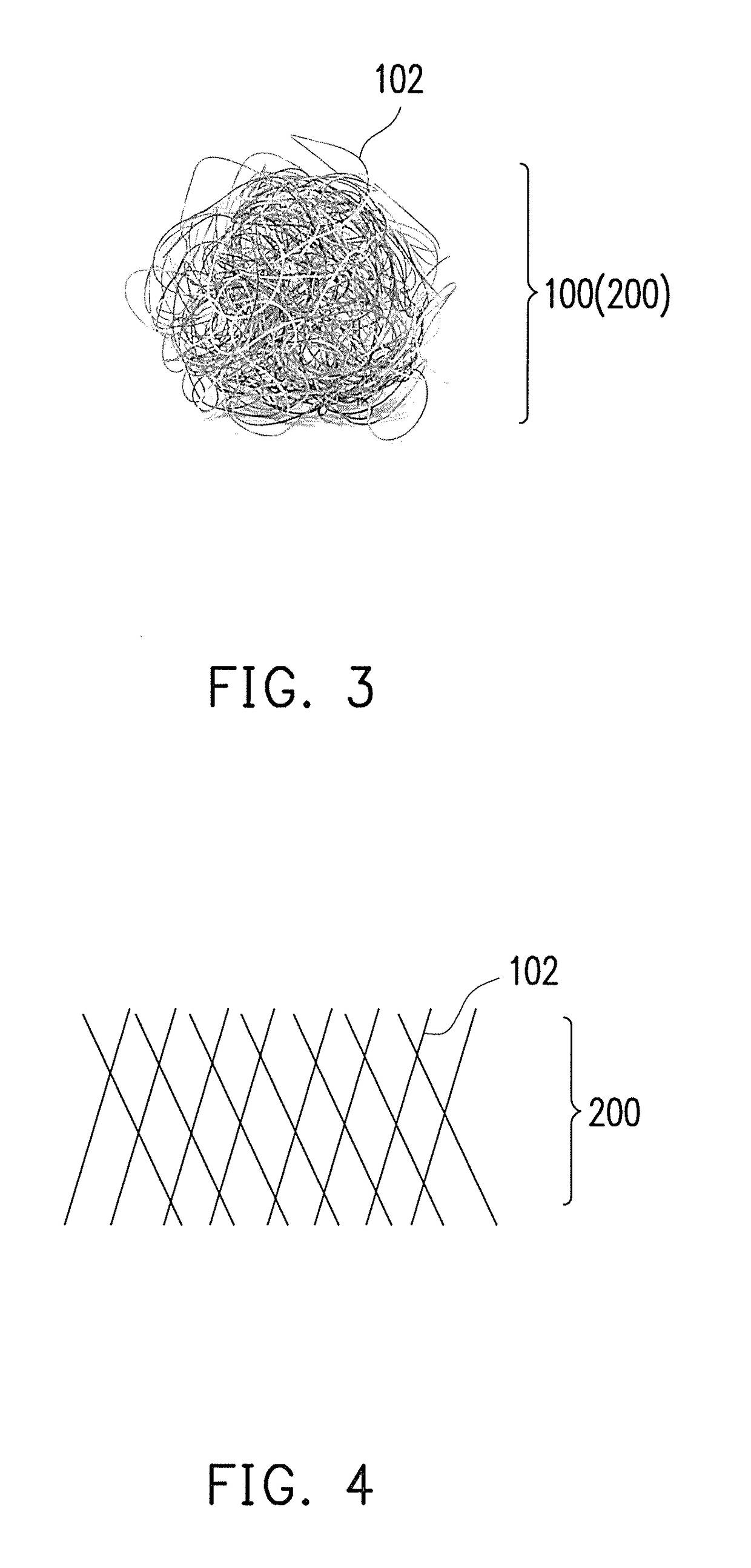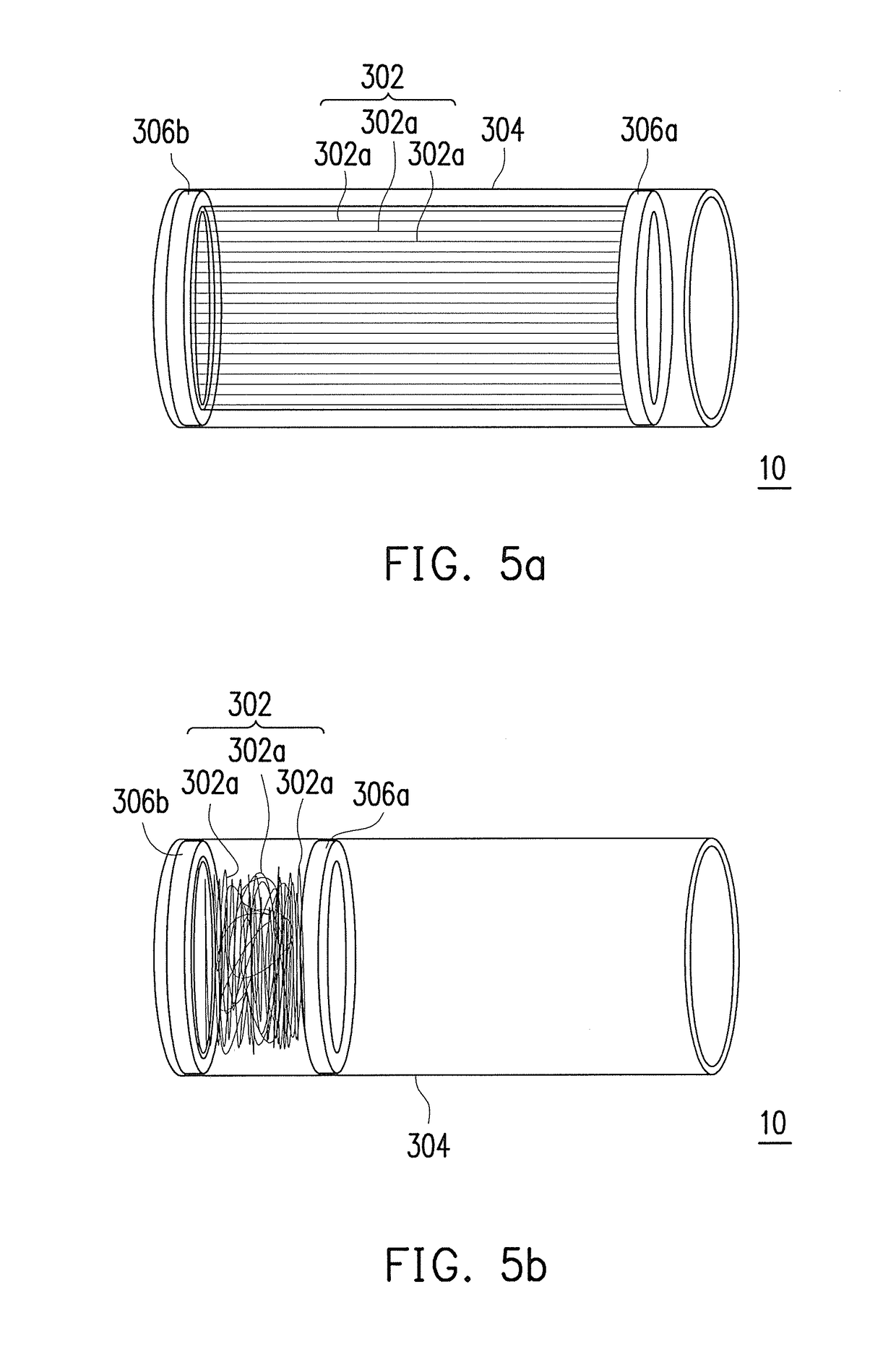Cell culture carrier module, bioreactor and cell recovery method
a cell culture and carrier module technology, applied in bioreactors/fermenters, specific use bioreactors/fermenters, skeletal/connective tissue cells, etc., can solve the problems of inability to recover cells, difficulty in regenerating cells, damage to cells or the tendency to inducing differentiation of some cells, etc., to achieve the effect of enhancing the cell recovery ra
- Summary
- Abstract
- Description
- Claims
- Application Information
AI Technical Summary
Benefits of technology
Problems solved by technology
Method used
Image
Examples
example 1
[0079]In Example 1, the cell culture carrier of FIG. 1 is being utilized and the dynamic cell culture experiment has been conducted based on the cell culture steps illustrated in FIG. 8. The cells to be cultured are African green monkey kidney cell line (VERO). The steps of cell culture are the following: a M199 culture medium (containing 5% of FBS) having VERO cells is inoculated onto the cell culture carrier exhibiting the three dimensional structure, and the VERO cell density in the M199 culture medium is 2×104 / cm2. The dynamic culture is performed on the cell culture carrier implanted with cells under a condition of 37° C. and 5% CO2 for 21 days. During this period, new culture medium is replaced every 2 to 3 days, and the cell growth is measured at different point in time.
example 2
[0080]In Example 2, the cell culture carrier of FIG. 1 is being utilized and the dynamic cell culture experiment has been conducted based on the cell culture steps illustrated in FIG. 8. The cells to be cultured are Human Adipose-Derived Stem Cell (ADSC). The steps of cell culture are the following: a serum free medium (SFM) culture medium having ADSC is inoculated onto the cell culture carrier exhibiting the three dimensional structure, and the ADSC cell density in the serum free medium is 1.5×103 / cm2. The dynamic culture is performed on the cell culture carrier inoculated with cells under a condition of 37° C. and 5% CO2 for 21 days. During this period, new culture medium is replaced every 2 to 3 days, and the cell growth is measured at different point in time.
[0081]FIG. 10 is a growth curve of an African green monkey kidney cell line (VERO) cultured in the cell culture carrier of the disclosure after 21 days. FIG. 11 is a growth curve of a Human Adipose-Derived Stem Cell (ADSC) c...
example 3
[0082]In Example 3, the cell recovery of the ADSC of Example 2 is conducted based on the cell recovery steps illustrated in FIG. 8, and the cell recovery rate test is performed on the recovered cells. ADSC is being utilized as cells to be cultured. The steps of the cell recovery are the following: the ADSC are cultured respectively in three cell culture carriers exhibiting the three dimensional structure (cell culture carrier A, cell culture carrier B, and cell culture carrier C), and after 10 days of cell culture, each of the cell culture carriers is respectively immersed in Collagenase. Subsequently, each of the cell culture carriers is loosened such that the three dimensional structure is transformed to the two dimensional structure. Continuing to allow each of the cell culture carriers in the two dimensional structure state to be immersed in Collagenase to facilitate the detachment of the cells. Next, the cell amount in the cell suspension and the cell amount remaining on the ca...
PUM
 Login to View More
Login to View More Abstract
Description
Claims
Application Information
 Login to View More
Login to View More - R&D
- Intellectual Property
- Life Sciences
- Materials
- Tech Scout
- Unparalleled Data Quality
- Higher Quality Content
- 60% Fewer Hallucinations
Browse by: Latest US Patents, China's latest patents, Technical Efficacy Thesaurus, Application Domain, Technology Topic, Popular Technical Reports.
© 2025 PatSnap. All rights reserved.Legal|Privacy policy|Modern Slavery Act Transparency Statement|Sitemap|About US| Contact US: help@patsnap.com



